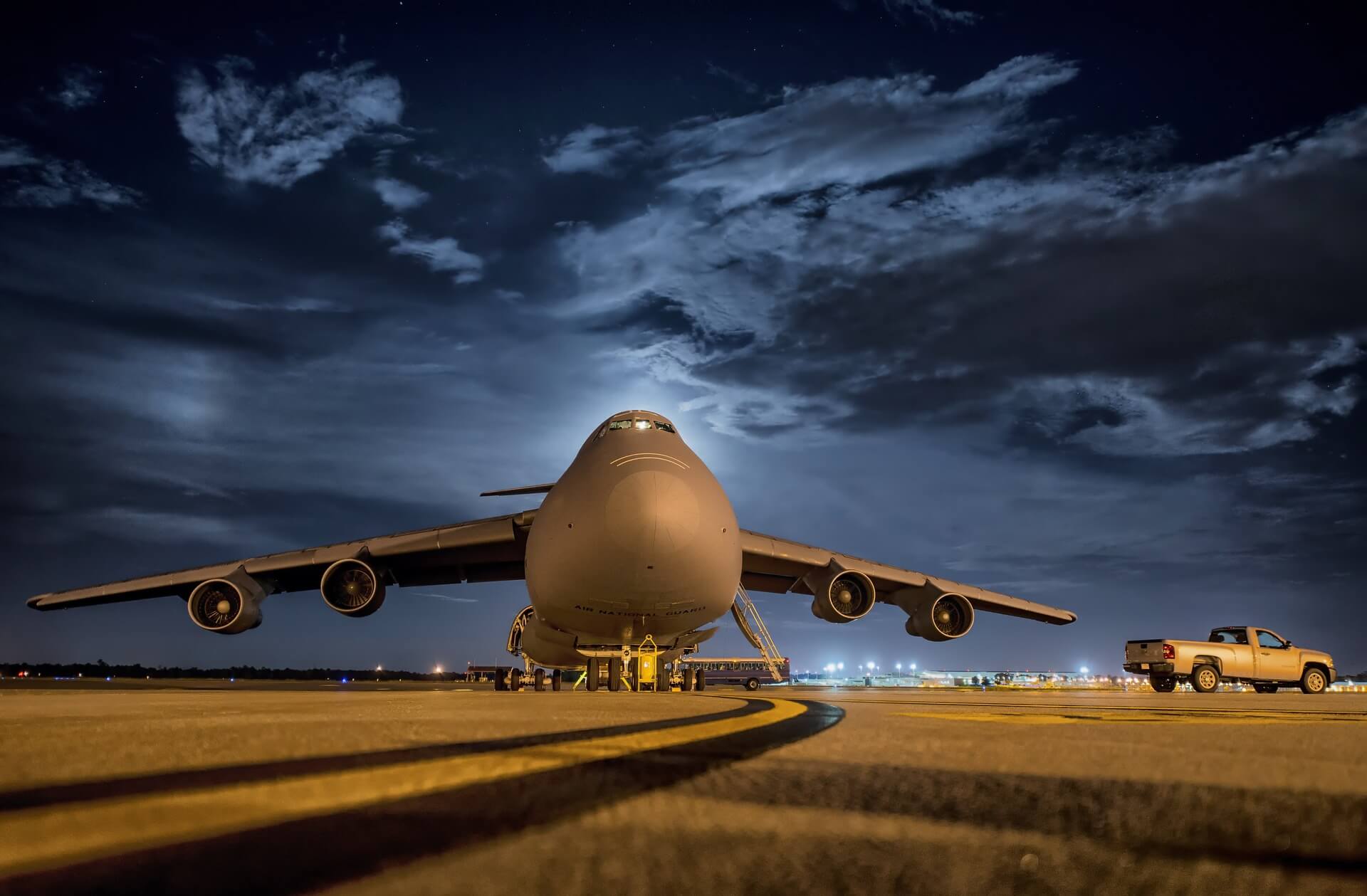The Challenge
As the world’s largest aerospace, and global technology companies, Boeing’s numerous numerous technology and engineering achievements were overshadowed by its soaring aircraft business. They engaged Vivaldi to develop a unifying vision, brand identity and positioning strategy for the company that would help position it as a global aerospace company.
The Opportunity
To implement the new brand strategy, we started from the inside-out, working with employees and customers alike to promote company-wide efforts that delivered a shared sense of purpose. This included the recommendation of brand-building programs, strategy workshops, and a successful advertising campaign that leveraged the synergies of the master brand.
The Outcome
a direct result of our work, Boeing took wings, with quarterly earnings jumping more than 25% and retention rates of “high potential employees” climbing 76% within six months. By the fall of 2006 Boing had regained its position as the market leader; today Boeing is the number one exporter of goods in the United States, and 15 years later our work is still in use!
Grappling with Turbulence
Boeing engaged Vivaldi to develop a unifying vision, brand identity and positioning strategy for the company that would help it move beyond the perception that it was a US-based airplane manufacturer and position it as a global aerospace company.
Boeing was both the world’s largest aerospace company and one of the largest global technology companies with products and services including commercial and military aircraft, satellites, weapons, electronics and defense systems, launch systems, advanced information and communications systems, and performance-based logistics and training. But because of the strengths of its aircraft business, Boeing was not recognized for its technology and engineering achievements and the brand was not contributing to the overall equity of the firm.
Additionally, a series of acquisitions in the non-commercial aircraft business units had broadened the gap between its advanced technology and engineering capabilities and the perceptions of Boeing amongst customers and other major stakeholders. Without a strong master brand that clearly articulated its overall engineering strengths and technology, product and service capabilities, the synergies of the overall Boeing organization could not be leveraged. There was also a high chance of diluting the value of the recent acquisitions.
The leadership team recognized how a strong brand could improve sales, government relations, recruiting, employee retention and partner negotiations, and hence decided to invest in the strategic positioning of the Boeing brand for the future.
Getting Lift Off
In order to clearly articulate the Boeing business strategy, we developed a positioning that expressed the ambition of the firm, and aligned the business portfolio by strengthening the brand architecture and allowing each of the businesses to contribute to the story in their own right.
In order to implement the new brand strategy, we started from the inside-out. This included extensive company-wide research with Boeing’s employees, strategy workshops with the executive leadership team, and other company-wide efforts that delivered a shared sense of purpose amongst employees and customers. From there, we worked with Boeing executives and the firm’s advertising and communications partners and recommended brand-building programs that included a long-running and highly successful advertising campaign.
The Boeing Brand Soars
Within six months of implementing the new brand strategy and employee engagement program, Boeing’s quarterly earnings jumped more than 25% and its retention rates of “high potential employees” climbed 76%. By the fall of 2006, Boeing had regained its position as the market leader– today Boeing is the number one exporter of goods in the United States and the largest aerospace company in the world.
Our branding and positioning work is still in use today after 15 years and the advertising campaigns and all brand and communications efforts are still executed under the overall direction recommended in 2000. The brand architecture helped reposition the company away from being an aircraft company to enable new technology and services in new B2B growth markets. It also helped to streamline and simplify the overall brand portfolio and helped manage the transition and migration of technologies within The Boeing Corporation.

